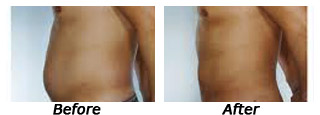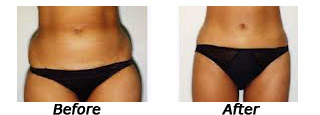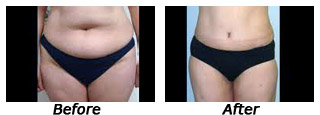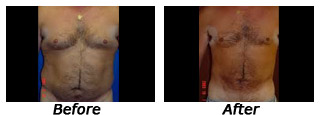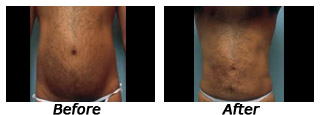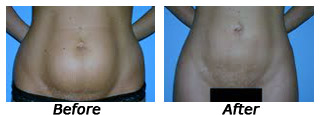
Prof. Dr. Goutam Guha (M.S., M.Ch)
Consultant Plastic, Cosmetic and Reconstructive Surgeon.

Consultant Plastic, Cosmetic and Reconstructive Surgeon.
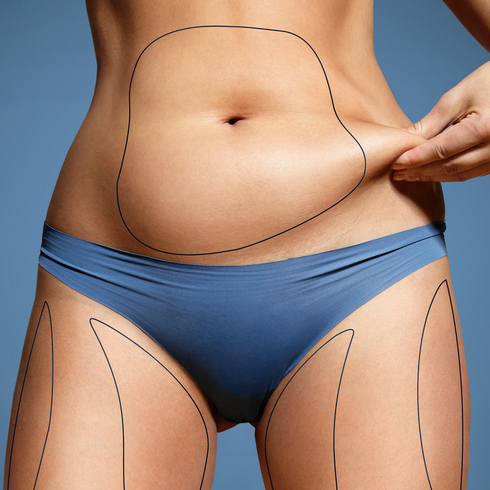
Liposuction (Liposculpture)
Patients who undergo liposuction generally have a stable body weight, but would like to remove undesirable deposits of body fat in specific parts of the body.
Liposuction is not an overall weight-loss method - it is not a treatment for obesity.
Liposuction does not remove cellulite, dimples, or stretch marks. The aim is aesthetic - the patient wishes to change and enhance the contour of their body.
LiposuctionLiposuction permanently removes fat cells, altering the shape of the body. However, if the patient does not lead a healthy lifestyle after the operation, there is a risk that the remaining fat cells will grow bigger.
The amount of fat that can be safely removed is limited.
Liposuction has a number of possible risks, including infection, numbness, and scarring. If too much fat is removed, there may be lumpiness or dents in the skin. Experts say that the surgical risks are linked to the amount of fat removed.
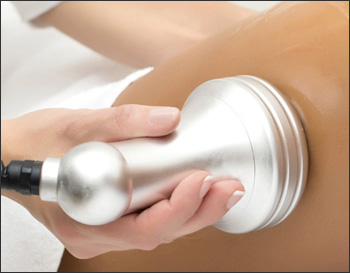
What are the uses of liposuction?
Liposuction is mainly used to improve how a person looks, rather than providing any physical health benefits. In many cases, the patient would probably achieve the same, sometimes even better, results if they adopted a healthy lifestyle - balanced diet, regular exercise, and a healthy sleep schedule.
Experts say that liposuction should ideally only be used if the individual did not achieve the desired results with a lifestyle change. For example, if some obstinate areas of fat are resistant to exercise and diet.
When an individual gains weight, each fat cell increases in size and volume. Liposuction reduces the number of fat cells in isolated areas.
Patients should discuss the pros and cons of liposuction with their doctor before deciding on whether to proceed. Liposuction should only be carried out after a lot of thought.
Results are never dramatic; they are subtle. The following body areas are commonly targeted for liposuction treatment:
. Abdomen
. Back
. Buttocks
. Chest
. Inner knees
. Hips
. Flanks (love handles)
. Neckline and the area under the chin (submental)
. Thighs - saddlebags (outer thighs), and inner thighs
. Upper arms
Experts say that the best liposuction candidates are those who have good skin tone and elasticity, where the skin molds itself into new contours. People whose skin lacks elasticity may end up with loose-looking skin in areas where the procedure was done.
The patient needs to be in good health - people with circulation (blood flow) problems, such as coronary artery disease, diabetes, as well as those with weakened immune systems should not undergo liposuction. Candidates should be over the age of 18 years.
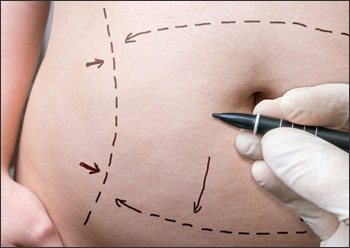
Before Liposuction Operation
Before the operation - patients will need to undergo some health tests to ensure that they are fit for surgery. The medical team will ask the patient to:
1) Stop taking aspirin and anti-inflammatory drugs for at least 2 weeks before surgery
2) Women may be asked to stop taking the contraceptive pill
3) Patients with anemia may be asked to take iron supplements
4) Consent form - the patient will be asked to sign a consent form, which confirms that they are fully aware of the risks, benefits, and possible alternatives to the procedure
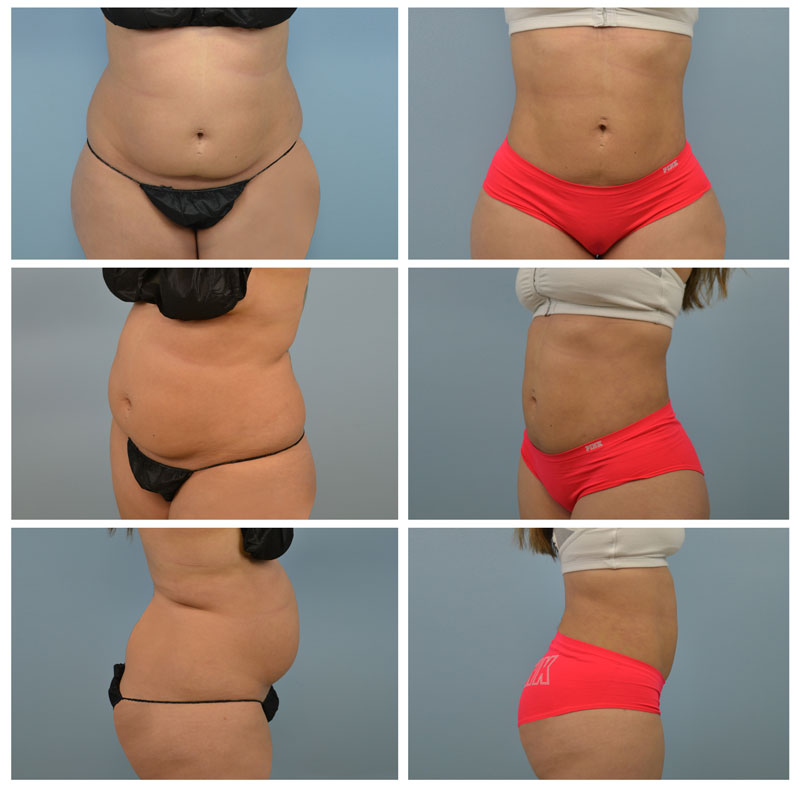
After the Liposuction Operation
1) Anesthetic - patients who have a general anesthetic usually spend the night in hospital. Those who had a local anesthetic may be able to leave hospital on the same day.
2) Support bandages - the patient will be fitted with either an elasticated support corset or bandages for the targeted area after the operation.
3) Antibiotics - patients may be given antibiotics immediately after the operation.
4) Painkillers - the doctor will most likely prescribe or recommend analgesics (painkillers) to relieve pain and inflammation.
5) Stitches - the patient will be given a follow-up appointment to have the stitches removed.
6) Bruising - there will be significant bruising in the targeted area.
7) Numbness - patients may experience numbness in the area where fat was removed. This should improve within 6-8 weeks.
Picture Gallery
